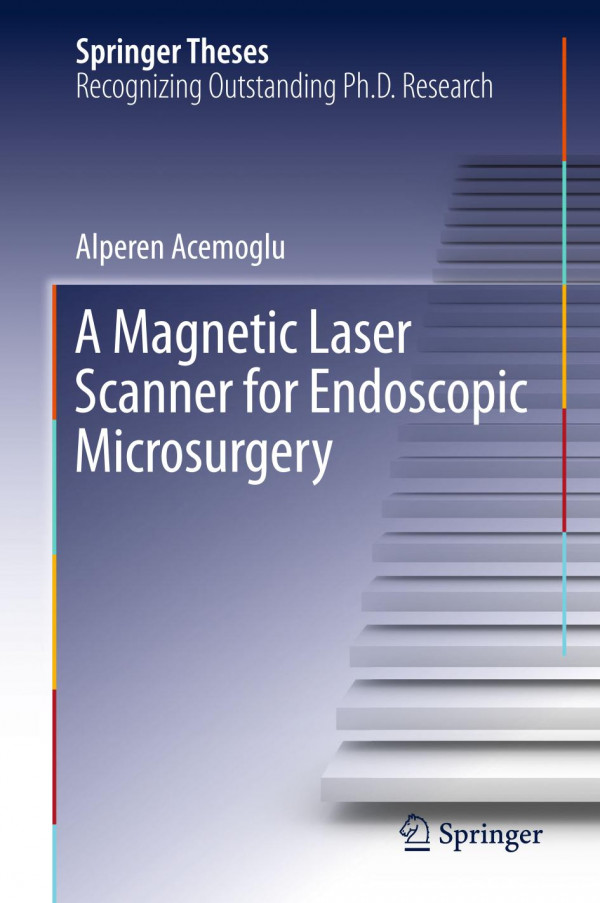

Most ebook files are in PDF format, so you can easily read them using various software such as Foxit Reader or directly on the Google Chrome browser.
Some ebook files are released by publishers in other formats such as .awz, .mobi, .epub, .fb2, etc. You may need to install specific software to read these formats on mobile/PC, such as Calibre.
Please read the tutorial at this link: https://ebookbell.com/faq
We offer FREE conversion to the popular formats you request; however, this may take some time. Therefore, right after payment, please email us, and we will try to provide the service as quickly as possible.
For some exceptional file formats or broken links (if any), please refrain from opening any disputes. Instead, email us first, and we will try to assist within a maximum of 6 hours.
EbookBell Team

4.7
36 reviewsThis book focuses on the design, development, and characterization of a compact magnetic laser scanner for microsurgical applications. In addition, it proposes a laser incision depth controller to be used in soft tissue microsurgeries.
The use of laser scanners in soft tissue microsurgery results in high quality ablations with minimal thermal damage to surrounding tissue. However, current scanner technologies for microsurgery are limited to free-beam lasers, which require direct line-of-sight to the surgical site, from outside the patient. Developing compact laser micromanipulation systems is crucial to introducing laser-scanning capabilities in hard-to-reach surgical sites, e.g., vocal cords.
In this book, the design and fabrication of a magnetically actuated endoscopic laser scanner have been shown, one that introduces high-speed laser scanning for high quality, non-contact tissue ablations in narrow workspaces. Static and dynamic characterization of the system, its teleoperation through a tablet device, and its control modelling for automated trajectory executions have been shown using a fabricated and assembled prototype. Following this, the book discusses how the laser position and velocity control capabilities of the scanner can be used to design a laser incision depth controller to assist surgeons during operations.